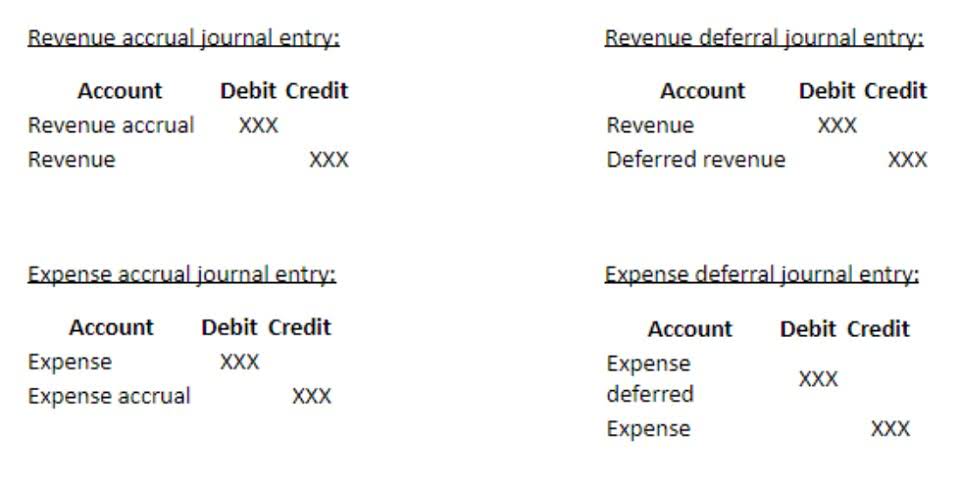- January 24, 2022
- Posted by: ISSLServ
- Category: Bookkeeping

Being better informed about the market and the company’s business, the management may have a high-growth project in view, which they may perceive as a candidate for generating substantial returns in the future. For this reason, retained earnings decrease when a company either loses money or pays dividends and increase when new profits are created. Retained earnings, on the other hand, specifically refer to the portion of a company’s profits that remain within the business instead of being distributed to shareholders as dividends. Don’t forget to record the dividends you paid out during the accounting period. It’s important to note that retained earnings are cumulative, meaning the ending retained earnings balance for one accounting period becomes the beginning retained earnings balance for the next period. A statement of retained earnings details the changes in a company’s retained earnings does retained earnings have a credit balance balance over a specific period, usually a year.

What is the Normal Balance in the Retained Earnings Account?
- Retained earnings, on the other hand, refer to the portion of a company’s net profit that hasn’t been paid out to its shareholders as dividends.
- In that case, they’ll look at your stockholders’ equity in order to measure your company’s worth.
- Scenario 2 – Let’s assume that Bright Ideas Co. begins a new accounting period with $250,000 in retained earnings.
- Retained earnings make up part of the stockholder’s equity on the balance sheet.
- This means each shareholder now holds an additional number of shares of the company.
Companies may pay out either cash or stock dividends, and in the case of cash dividends they result in an outflow of cash and are paid on a per-share basis. However, to calculate retained earnings from the balance sheet, you take out dividends, along with net income or loss. Once your cost of goods sold, expenses, and any liabilities are covered, you have to pay out cash dividends to shareholders. The money that’s left after you’ve paid your shareholders is held onto (or “retained”) by the business. Retained earnings are a clearer indicator of financial health than a company’s profits because you can have a positive net income but once dividends are paid out, you have a negative cash flow.
How to Calculate the Effect of a Stock Dividend on Retained Earnings?
- As a result, additional paid-in capital is the amount of equity available to fund growth.
- It also indicates that a company has more funds to reinvest back into the future growth of the business.
- There’s almost an unlimited number of ways a company can use retained earnings.
- Declared dividends are a debit to the retained earnings account whether paid or not.
- When they know that management has profitable investment opportunities and have faith in the management’s capabilities, they will want management to retain surplus profits for higher returns.
- This agreement outlines the proportion of profits (or losses) each partner is entitled to.
The decision to retain earnings or distribute them as dividends falls to the board of directors and is influenced by the corporation’s growth strategy, dividend policy, and the expectations of shareholders. Retained earnings in corporations are also subject to regulations and corporate governance, which can dictate the level of profits that must be retained for legal or policy reasons. The retained earnings for a corporation are a reflection of its ability to generate profits and its strategic decisions regarding reinvestment and dividend distribution. The trial balance serves as a foundational report in the accounting process, providing a snapshot of all account balances at a given point in time, including retained earnings.
Shareholder Equity

If a company has no strong growth opportunities, investors would likely prefer to receive a dividend. Therefore, the company must balance declaring dividends and retained earnings for expansion. Now your business is taking off and you’re starting to make a healthy profit which means it’s time to pay dividends. At the end of an accounting year, the balances in a corporation’s revenue, gain, expense, and loss accounts are used to compute the year’s net income. When the year’s revenues and gains exceed the expenses and losses, the corporation will have a positive net income which causes the balance in the Retained Earnings account to increase.

In addition to considering revenue, it is impacted by the company’s cost of goods sold, operating expenses, taxes, interest, depreciation, and other costs. It may also be directly reduced by capital awarded to shareholders through dividends. Therefore, while the scope of revenue is more narrow, the impact to retained earnings https://www.bookstime.com/articles/accounting is much more far-reaching. Since net income is added to retained earnings each period, retained earnings directly affect shareholders’ equity.
Classifying assets and liabilities
In this case, Company A paid out dividends worth $10,000, so we’ll subtract this amount from the total of beginning period retained earnings and net profit. When preparing financial statements, the retained earnings from the trial balance are carried over to the equity section of the balance sheet. This figure is adjusted for the current period’s net income or loss and any dividends declared.
- For the past 52 years, Harold Averkamp (CPA, MBA) has worked as an accounting supervisor, manager, consultant, university instructor, and innovator in teaching accounting online.
- Retained earnings are related to net (as opposed to gross) income because they are the net income amount saved by a company over time.
- Let’s say that a marketer named Elena is looking to expand her agency, but needs to provide some information about retained earnings to attract new investment.
- As a result of higher net income, more money is allocated to retained earnings after any money spent on debt reduction, business investment, or dividends.
- Retained earnings refer to the portion of a company’s net income or profits that it retains and reinvests in the business instead of paying out as dividends to shareholders.
- All of the other options retain the earnings for use within the business, and such investments and funding activities constitute retained earnings.
Related AccountingTools Courses

These statements report changes to your retained earnings over the course of an accounting period. The normal balance in a profitable corporation’s Retained Earnings account is a credit balance. This is logical since the revenue accounts have credit balances and expense accounts have debit balances. If the balance in the Retained Earnings account has a debit balance, this negative amount of retained earnings may be described as deficit or accumulated deficit. Retained earnings are usually considered a type of equity as seen by their inclusion in the shareholder’s equity section of the balance sheet. Though retained earnings are not an asset, they can be used to purchase assets in order to help a company grow its business.
- A maturing company may not have many options or high-return projects for which to use the surplus cash, and it may prefer handing out dividends.
- The retained earnings portion of stockholders’ equity typically results from accumulated earnings, reduced by net losses and dividends.
- The decision to retain earnings or to distribute them among shareholders is usually left to the company management.
- Though retained earnings are not an asset, they can be used to purchase assets in order to help a company grow its business.
- They go up whenever your company earns a profit, and down every time you withdraw some of those profits in the form of dividend payouts.
- These programs are designed to assist small businesses with creating financial statements, including retained earnings.
Step 2: State the Balance From the Prior Year
Dividends are paid out from profits, and https://www.instagram.com/bookstime_inc so reduce retained earnings for the company. The company’s retained earnings calculation is laid out nicely in its consolidated statements of shareowners’ equity statement. Here we can see the beginning balance of its retained earnings (shown as reinvested earnings), the net income for the period, and the dividends distributed to shareholders in the period.
